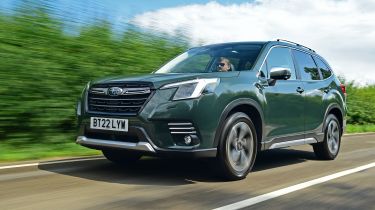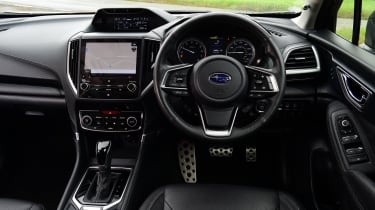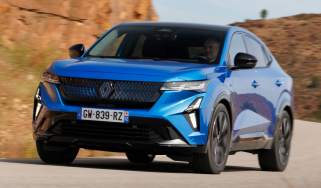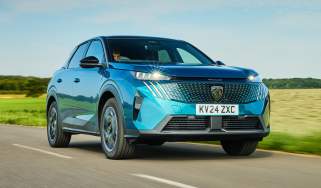Subaru Forester (2018-2024) - Interior, design and technology
The Forester’s evolutionary design hides an up-to-date platform and clever, solid engineering

Just so you know, this is an older review of the 2018-2024 Forester. If you are interested in information about the current Subaru Forester, or news about the latest Subaru models, please follow the links provided.
To the untrained eye the latest Subaru Forester looks much like the previous generation model, but it’s actually entirely new – the familiarity of the car’s design was an intentional choice on the part of Subaru’s designers. The Forester uses Subaru’s latest mechanical underpinnings, shared with the Impreza and XV models. It’s longer and wider than before, with a sharper design that incorporates some modern touches with more traditional SUV dimensions.
Inside, quality is much-improved over that of the old model. It doesn’t boast the most cohesive design but the car’s cabin feels more luxurious and built to last, with plenty of hard-wearing plastics and some genuine attempts to make things feel plush.
All models come well equipped too – keyless entry and go, LED headlights, heated door mirrors, dual-zone air con and eight-way electrically adjustable memory seats are all included as standard.
Sat-nav, stereo and infotainment
The Forester doesn’t feel quite as high-tech as some rivals; analogue dials feature behind the steering wheel and the overall layout isn’t quite as stylish as some of the competition. Infotainment isn’t terrible, however – there’s a total of three screens, one between the dials and two on the dash. A larger eight-inch main display is bright, clear and fairly easy to read, while a smaller screen on the dash-top is reserved for displaying vehicle data including the EyeSight safety systems and power flow for the car’s mild-hybrid set-up.
All models come with Android Auto and Apple CarPlay as standard; sat-nav is only available on XE Premium models, but smartphone users won’t need to worry. Voice recognition and Bluetooth connectivity are featured as standard on all models, as is DAB radio.









